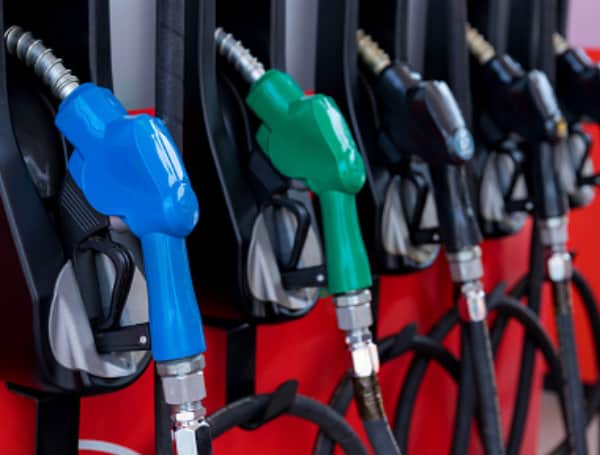The Biden administration announced Tuesday that it would use a gasoline stockpile intended for emergency situations to lower pump prices ahead of the 2024 elections.
The Department of Energy (DOE) announced that it will release one million barrels of gasoline from the Northeast Gasoline Supply Reserve (NGSR) to bring down gas prices.
According to the DOE, the NGSR was established in the wake of Superstorm Sandy to provide energy supply to the Northeast in the event of emergency or significant disruptions. It serves as a de facto extension of the Strategic Petroleum Reserve (SPR).
Read: 5 Members Of Multi-State Gas Pump Skimming Device And Fuel Theft Ring Arrested In Florida
“The Biden-Harris Administration is laser-focused on lowering prices at the pump for American families, especially as drivers hit the road for summer driving season,” Energy Secretary Jennifer Granholm said of the releases. “By strategically releasing this reserve in between Memorial Day and July 4th, we are ensuring sufficient supply flows to the tri-state and northeast at a time hardworking Americans need it the most.”
According to AAA, the current average price per gallon of gas at the pump nationwide is about $3.60. Prices are generally higher than average in Northeastern markets, which will benefit most from the releases announced Tuesday.
While the nationwide average price of a gallon of gas has decreased over the past month, it is still higher than it was at this point last year, according to AAA. About 900,000 barrels will be drawn from a storage facility in Port Reading, New Jersey, while the remainder will come from a reserve site located in South Portland, Maine, according to the DOE.
Read: Florida Gas Prices Remain Flat As Holiday Nears
The Biden administration released about 200 million barrels from the SPR in the months leading up to the 2022 midterm elections as high gas prices caused political headaches for President Joe Biden and his fellow Democrats.
Several million barrels were sold to Chinese companies, and the SPR currently sits at its lowest levels in about four decades despite the administration’s efforts to replenish it, according to the U.S. Energy Information Administration.
Neither the DOE nor the White House responded immediately to requests for comment.

First published by the Daily Caller News Foundation.
Help support the Tampa Free Press by making any small donation by clicking here.
Android Users, Click To Download The Tampa Free Press App And Never Miss A Story. Follow Us On Facebook and Twitter. Sign up for our free newsletter.

